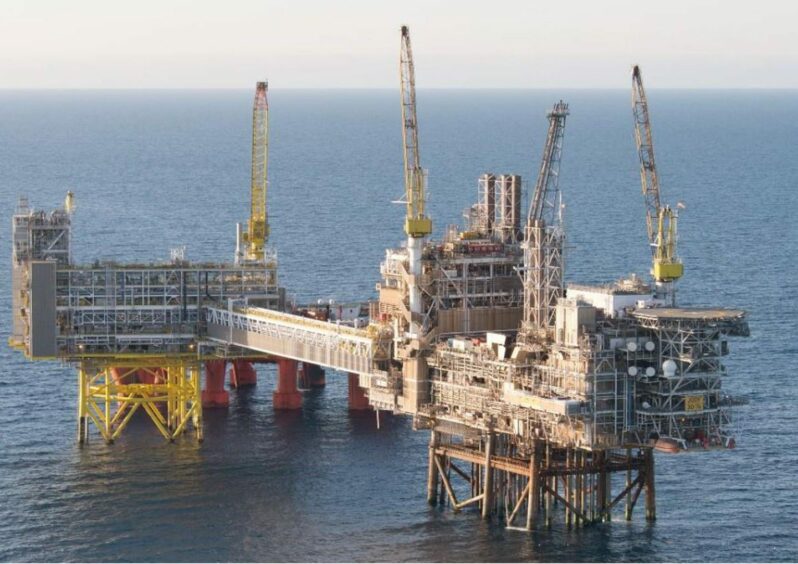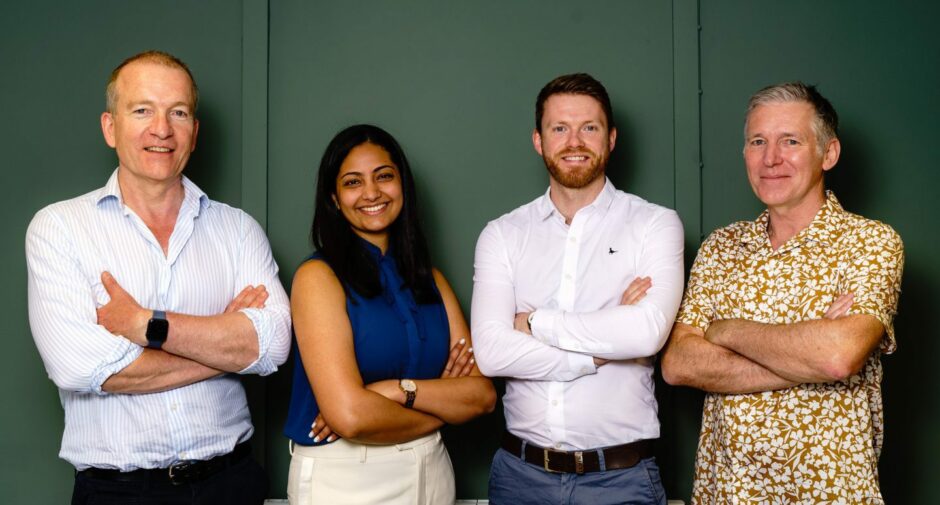
GMVi has launched new well-risk analysis software for North Sea operators that could keep wells safe and boost production value by up to $500 million a year.
The software, GMVi Emprica, enables production and well integrity engineers to visualise and analyse well leak risks and understand potential failure scenarios.
Engineers will then be able to decide what to do about these scenarios before they happen by optimising well work schedules and avoiding unnecessary repairs.
This software can be used throughout a well’s entire life cycle. According to GMVi, engineers will be able to access analysis that “keep their wells safe and make faster decisions, which can minimise costly well shut-ins, allowing production to continue.”
Emprica is being used by TotalEnergies E&P Denmark and Harbour Energy, both of which are partners in the software development project, and is being supported by the Net Zero Technology Centre in Aberdeen.
It is understood that the project started with Premier Oil and is now being expanded to wider Harbour assets and as for TotalEnergies E&P Denmark, they have applied it across their Denmark well portfolio.
Principal production engineer at Harbour Energy Simon Allison said: “This project has made us look at wells risk assessment very differently to how we did before and Empirica gives us an evidence-based decision process that is less subjective than traditional methods.
“It provides trusted models with the right rules for each scenario and a ‘playbook’ of actions for when well issues arise.
“A course of action can be executed without delay, mitigating unnecessary lost production where it is deemed safe to continue to operate wells.
“There are several opportunities to improve well safety and productivity in our portfolio of wells that we plan to use Empirica to assess.”
GMVi claimed that Empirica could lead to production value increases each year across the North Sea, including:
· $46 million by reducing risk assessment related well shut-in time
· $274 million using risk-based repair response times
· $139 million with improved well repair and workover planning
GMVi managing director Stuart Girling said: “Working with TotalEnergies and Harbour, with the support of NZTC, has been vital in developing Empirica as a unique and hugely valuable application for our industry.
“We are excited to have devised a software that addresses the old problems of well risk with a novel and powerful approach.
“There are more than 100,000 ways that a typical well can leak but it is impossible to manually analyse more than a handful of leak paths.
“Production and well integrity engineers have to balance well risk and production. They have had to live with a chronic sense of unease about that balance, but this no longer has to be the case.
“The principles of Empirica are elegantly simple, but engineers using it can instantly analyse hundreds of thousands of potential leak path combinations of pressure source/sinks and well barrier element failure modes throughout a well.
“The likelihood of major incidents is reduced, while increased confidence in well risk means thousands of barrels a day of production can be safeguarded, and operators know their wells are as safe as they can possible be.”
Well Abandonment and Integrity Manager at TotalEnergies E&P Denmark Stephen Patterson added: “Our Empirica prototype Well Failure Model (WFM) brought great benefits to TEP DK, safeguarding production and engineering efficiency.
“The WFM ensures greater consistency of actions when assessing well failures and mitigations across our operations and removes a significant amount of stress from a well integrity engineers’ day.
“Before WFM, wells were shut-in more frequently and for longer periods as risk assessments were completed and approved.
“Now a risk ranking can be assigned very quickly, which means wells can often be kept on production if judged safe to do so, without requiring a shut-in and risk assessment, which can typically take a number of days.
“Empirica has brought, and continues to bring, tangible results in terms of increased production and reduced workloads, and as a consistent and robust tool, it is recognised and accepted across the TEP DK organisation as safe and for bringing great benefits.”

 © Supplied by GMVi Emprica
© Supplied by GMVi Emprica